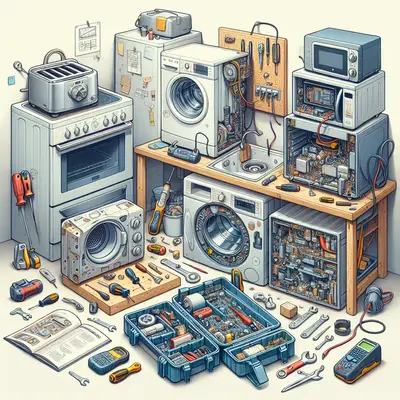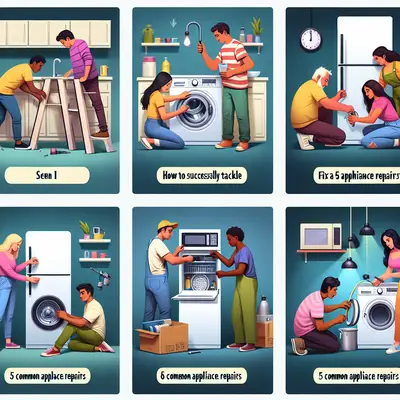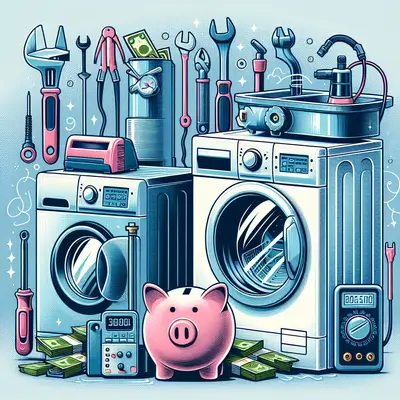Appliances break down. It's a fact of life. But before you rush to call a professional or, worse, consider replacing the unit, there are some lesser-known DIY appliance repair techniques that could save your day, and your wallet. Inspired by the current trend of embracing DIY and self-sufficiency, we've compiled this list of five practical repair tips that every DIY enthusiast should have in their toolkit.
1. The Fridge Fan Revival
Is your refrigerator not cooling as it should? Before you panic, check the condenser fan. Often, the problem is as simple as a clogged fan. Unplug the fridge, locate the fan (generally at the back), and give it a good clean. Remember to keep the area well-ventilated while you work.
2. Washer Woes? Check the Lid Switch
If your washing machine refuses to spin, the issue might be with the lid switch. This switch is a safety feature that prevents the washer from spinning while the lid is open. Locate the switch (usually beneath the lid) and check if it's broken or loose. If it is, replacing it should solve the problem.
3. Silence the Squeaking Dryer
A squeaky dryer can be incredibly annoying. More often than not, the culprit is a worn-out drum seal. To fix this, you'll need to remove the drum and replace the seal. While this may sound daunting, it's actually a fairly straightforward process if you follow the manufacturer's instructions.
4. Clear the Dishwasher Drain
A dishwasher not draining properly can typically be traced back to a clogged drain. Unplug the unit, remove the drain cover (usually located at the bottom of the dishwasher), and clear any food particles or debris. Be sure to check the drain hose as well for any potential blockages.
5. Oven Heating Element Replacement
If your oven isn't heating up, the heating element might need replacing. This is a relatively easy fix. First, unplug the oven and remove the heating element (usually held in place by a couple of screws). Take it to your local appliance store to find a matching replacement, then simply screw the new element into place.
Conclusion
These lesser-known DIY appliance repair techniques can save you time, money, and stress. Remember, always consult the appliance's manual and ensure you have the right tools before starting any repair. Safety should always be your top priority. Happy repairing!



